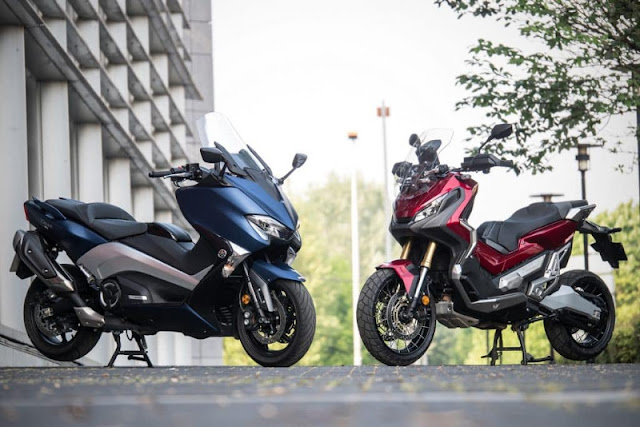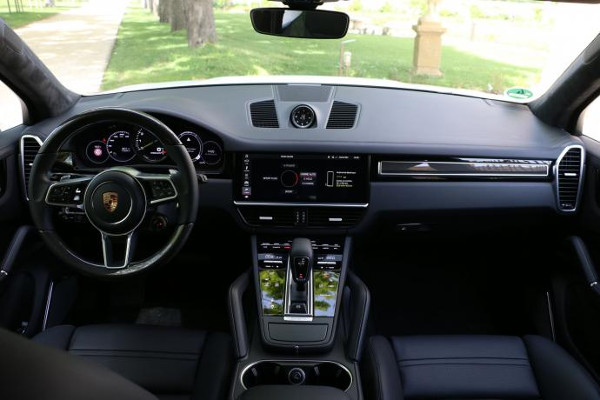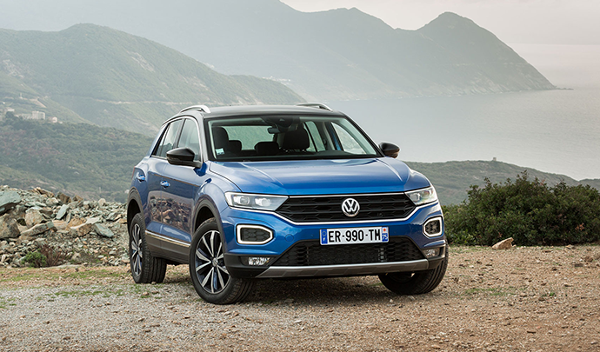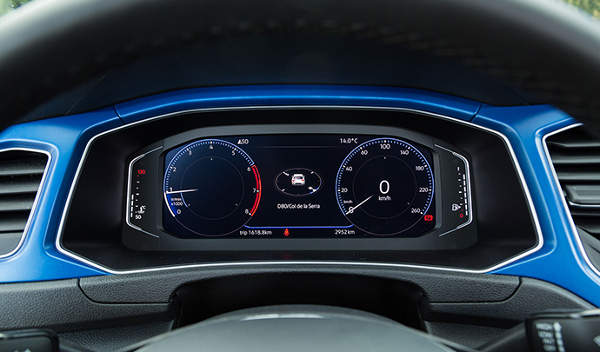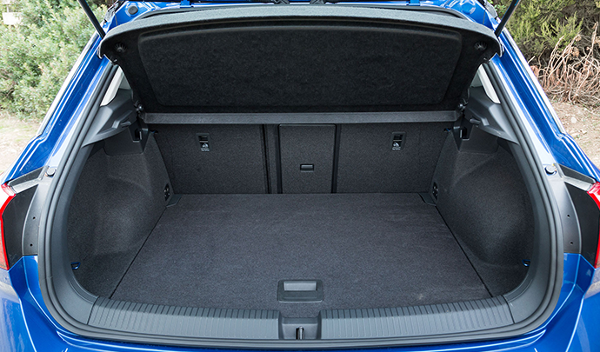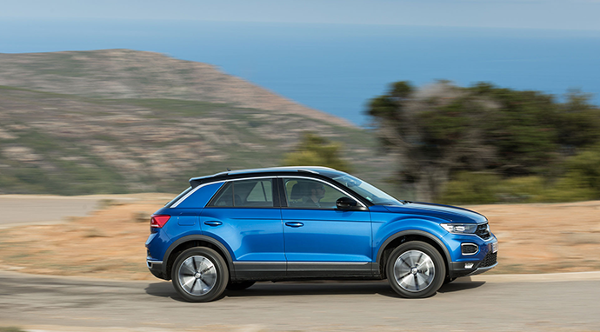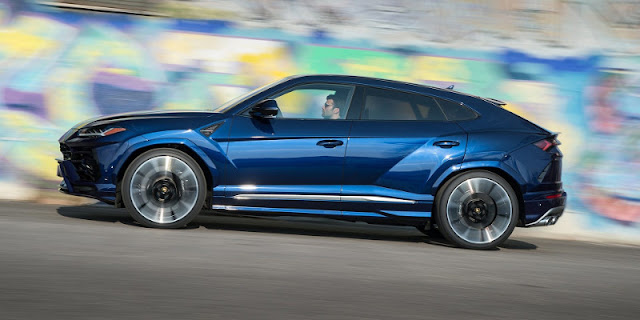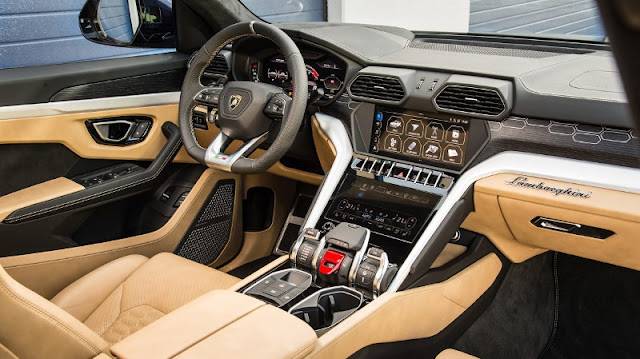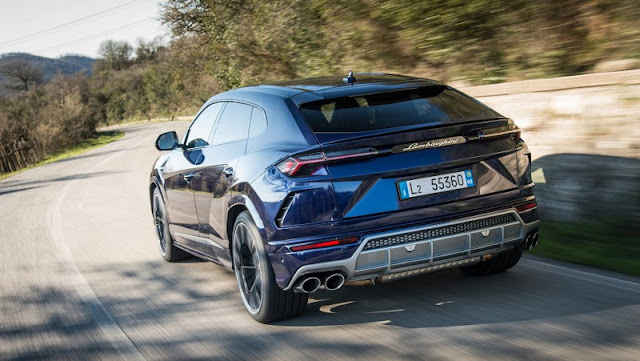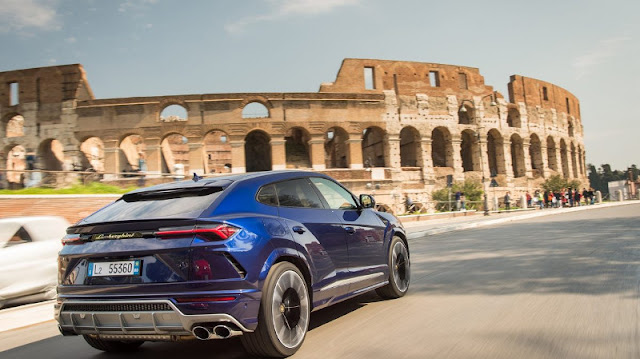The stalks are a bit of elegance. Generously sized and well suspended, the Mash 400 Adventure is ideal for hiking. The 400 Adventure Mash breaks with neo-retro style of the rest of the range. In proposing a road trail, the Franco-Chinese brand wants to test this on other grounds. Hinged, fuel tank-type lockable aviation. The bubble 400 Mash properly protects the torso and head of aerodynamic turbulence. In contrast, shoulders and arms remain exposed to the air flow.
On the right hand we find the stop switch (red) and control of the electric starter (black). By their original form, the muffler of 400 Adventure Mash also surprise with their haunting and rewarding sound. The Mash Adventure 400 loads a very good hydraulic fork Fast Ace 43 mm diameter adjustable rebound damping and compression. This fork works on 210 mm of travel. The rear brake is entrusted to a petal disc 220 mm in diameter. A little too aggressive off-road, it is quite convincing on the road. The side stand does not have a cut-contact. We also regret the absence of center stand. To curb Mash 400, we find a petal disc 280 mm in diameter. Power is at the rendezvous, but the attack lever lacks a bit of consistency. According to Sima, a purge definitely gum this phenomenon.
The drum 400 of the Mash Adventure cooled air is identical to that of the Five Hundred. He takes some planning, allowing it to reach the power of 29 hp. Round and pleasant to take on all the beaches use, the Chinese mono feasts (and treats us) especially in the midrange. The very sound of muffled exhausts largely contributes to the atmosphere. Mash the 400 Adventure is fitted as standard in this small-holder packages. These flexible fixing hand guards give some character to the whole. The wide footrests are a boon for trips to the highways. When standing, they allow excellent control of the machine.
Mash the 400 Adventure is equipped with folding passenger footrests. The fuel tank holds 19 liters of fuel. Its width is ideal for contained tighten the machine between the thighs. The 21-inch front wheel causes a certain inertia on the road, but it also gives great stability. Off-road, the front of the Mash 400 Adventure is most reassuring. This engine guard protects the mechanics of flying stones. Rather comfortable for a machine of this type, the seat of the Mash 400 Adventure peaks at 880 mm from the ground. An ideal height to dominate the movement and understand the paths, but shorter riders will experience some difficulties to perform the low-speed maneuvers.
Divided into two-part (analog tachometer and digital window left to right), the dashboard of the 400 Adventure Mash displays time, total and partial mileage, fuel gauge, speed and level charging the battery. Mash the 400 Adventure comes with two aluminum cases (40 liters each) very easy to install and remove. A perfect combo to transport our photographic and video equipment in this test. Note: The cover of these bags is not hinged and another key as the switch is required to lock and unlock them.

Flashing is the play very discreet. Rebound and compression adjustable, the Fast Ace rear shock offers a travel of 200 mm. The decor of the Adventure is too wise for us. It is true that it is easier to let go of the neo-retro type motorcycles. A trail 400 as well equipped it is not running paths. Mash hopes (re) open the way to search practical, fun and economical. Hyper comfortable way, the Mash 400 benefits from its low weight (151 kg), its seat height and its much-cycle to play difficulties. Ergonomics typical offroad of Mash 400 can control easily standing in the roads. On the road, the Mash 400 can reach 135 km / h. If some tingling logically appear at full capacity, the Chinese quite well filter vibrations mono 4 times. Perched high, the driver captures perfectly the road that unfolds before him. For U-turns at the stop, the drivers of less than 1.75 m must play tiptoe. The 21-inch front wheel generates a certain inertia in setting the angle, but stability becomes royal once placed on the trajectory. The chassis of the 400 Adventure Mash conspicuous by its neutrality. With the 400 Adventure trail, Mash wants to expand its field of action beyond the neo-retro.
Warranty and Price:
- 2-year P / MO
- € 5,490
Ensure Buy
Technical sheet
Engine: 4T single cylinder, air-cooled, SOHC, 4 valves
Capacity: 397 cm3 =
Max Power: 29 hp at 7000 rev / min
Torque: 3.05 nm to 5500 rev / min
Operation: electric starter
Power: injection
Clutch:
Transmission: 5-speed
Frame: Steel tubular
Front suspension. : Fast Ace adjustable hydraulic Ø43, deb. 210 mm
Ar suspension. : Fast Ace adjustable, deb. 200 mm
Brake BC. : Ø 280 mm disc,
Brake ar. : Ø 220 mm disc,
Pneu BC. 90 / 90-21; ar. 130 / 80-18
Fuel tank: 19 liters
Length: 2140 mm
Seat height: 880 mm
Dry weight: 151 kg
Standard equipment
Bubble
Hand protectors
Sabot engine
Adjustable hydraulic fork relaxation / compression
Adjustable dampers relaxation / compression
Passenger footrest
Passenger assist handles
Holder packages
Two removable aluminum suitcases
Front disc
Rear drive
Side stand
Tachometer
Digital Window
Fuel Gauge
Battery Gauge
Total and partial mileage
Key cap petrol
Aluminum handlebar
Manufacturer / Distributor
SIMA
Z.A. Good Girls LEVERNOIS - BP 80134
21204 Beaune Cedex France
www.simamoto.fr
Launched there just three years, Mash is now imposing its name in the landscape of the urban bike. 125 Third Market in 2014 (1,660 units sold), the young brand designed by Sima deftly surfs the neo-retro wave without staking everything on this particular niche market. Indeed, a new machine enters the range ... Mash trail 400 Adventure. After democratized neo-retro scene by selling vintage motorcycles attractive content price, Mash could see himself applying the same recipe on the trail of the road segment. Monopolized by very high-end machines (BMW R 1200 GS in mind), this market is sorely lacking in appeal products for beginners and "adventurers" of the less fortunate every day. By adapting an existing motorcycle (the Shineray Kougar), Sima is based on a solid foundation prior to attempt to (re) develop a niche abandoned by most major brands.
Ready for the Adventure
The style of the 400 Adventure Mash literally broke with the rest of the neo-retro range of French-Chinese brand. Here, sham and style give way to the versatility and escape for a radically different result but no less appealing. Despite Deco too wise and stalks a little cheap, this trail 400 made a good impression thanks to its static frame type "Diamond" generously sized and perfectly balanced air design. Perched on 21-inch wheels in front and 18 inch rear, the Adventure is a high machine on legs whose saddle rises to 880 mm from the ground. Nothing insurmountable in itself, but "climbing" looks quite complex when the two series delivered removable suitcases are installed. Of a capacity of 40 liters each, these aluminum components significantly value the machine and considerably increase a payload reduced to a single rear door packages. For information, the cover lockable suitcases, but it is not hinged.
Other attributes that should satisfy the "fighters", the Adventure is sold with a pair of flexible hand guards, skid plate aluminum handlebars typed all-terrain fork gaiters and to limit the infiltration of water and Dust off-road driving. Minor drawbacks regarding the absence of center stand (practice to ensure regular maintenance) and the absence of safety stop switch at the side stand. Stylistically, the Mash stands out for its advanced beak topped with a bubble high (effective for the bust and the top of the helmet), its dual trapezoidal exhaust outlet and its equipment rewarding cycle parts.
A Five Hundred Heart
Accustomed to correct their products to refine the smallest details and adapt them to the requirements of the French market, the technicians of the Sima had the party rather easy by integrating Mash 400 Adventure in their range. Indeed, this trail takes the injection cylinder air-cooled Model Five Hundred. Now proven, this block 4-stroke dry sump, single overhead camshaft and 4-valve head, develops 29 horsepower at 7000 r / min and torque of 3.05 m.kg at 5500 r / min.
For its part, the cycle part did not demand drastic changes as the original elements seemed to give satisfaction during the validation testing. It must be said that the Mash 400 Adventure is rather well endowed with hydraulic fork (210 mm travel) and Fast Ace shock absorbers (200 mm travel) easily adjustable rebound and compression. Braking is given for its part two petals disks, one of 280 mm diameter at the front and the other of 220 mm at the rear. In the final, the 400 Adventure Mash displays 151 kilos dry, a more than reasonable weight for a vehicle of this class.
Good sound
Key stroke to the right and here is the digital window that comes to life next to the large analog tachometer. Clock, fuel gauge, battery indicator, odometer ... the key is there. Boost the starter, the Mash is silent. It then explains that it is necessary to be in neutral to start up, even if it disengages. Well done for security, however the damage is difficult to find neutral when stopped. After some trial and error with the tip of his left foot, the light turns green and Adventure finally snorts.
What a sound! Deaf, cavernous limit, Mash downright gives the impression of riding a rally raid machine. Quite simply, throughout this test day, we remained stunned facing the spellbinding sound of the 400. In addition to the boot, this music lover can play other partitions. It benefits including a couple well distributed over the entire range. Tolerant below 3000 r / min, the Adventure little bumps on the first two reports, it even allows driving under light regime without being heckled. Linear sanitized but not for all that, this bike offers a playfulness to 7000 r / min speed at which the 29 horses naturally begin to pull the tongue.
Take to the skies
At full load fast lane, the Adventure vibrates without excess and reaches 135 km / h. A consistent speed for a machine intended primarily to the city, the small country roads and paths. In off-road, the Mash also feels like a fish in water. Its end tank, wide footrest and flat handlebars are ideal for driving up. The roundness of the engine provides very good traction and excellent work dampers optimizes tire contact with the ground. Qualities that can be found on asphalt with a part-cycle that follows the bitumen despite a 21-inch front wheel a little reluctant in setting the angle. Once apprehended slight inertia, maneuverability poses no particular concern. The stability curve is more reassuring, especially as the tire mounts is rather considerate.
Also reassuring, braking is generally convincing despite a front element which lacked consistency on our test machine. According to Sima, a simple drain should definitely erase that feeling of softness of the right lever. Another positive point is the mass transfers remain very limited during braking phases despite the presence of long-travel fork. The sun setting at the bottom of the vines reminds us that it is time to bring the Mash the headquarters of the Sima. Crossing the Beaune center allows us to appreciate the good behavior of the Adenture 400 in urban areas. The big handle is not really handicapping all motorists, warned by the melodious sound, are shifted nicely. Seat height (caution stopped if you measure less than 1.70 m) allows also to dominate the flow and anticipate changes in traffic. Formidable to climb the sidewalks and play the stream of traffic, the Adventure offers a welcome flexibility to dispose of the pitfalls of the city.
Reactions
By marketing its 400 Adventure, Mash hopes to wake the sleepy market too long trail middleweight. The recipe for making things happen? A simple and playful engine, part of a cycle-quality and sound "to fall". A2 licenses or less fortunate fighters could be seduced, especially as the scope of Sima network is reassuring future buyers. Less attractive than the Five Hundred model, the price of this new (delivered with two suitcases and equipped with adjustable shock absorbers) is still a real argument when making his choice. Image and Info Source; moto-infos.com

